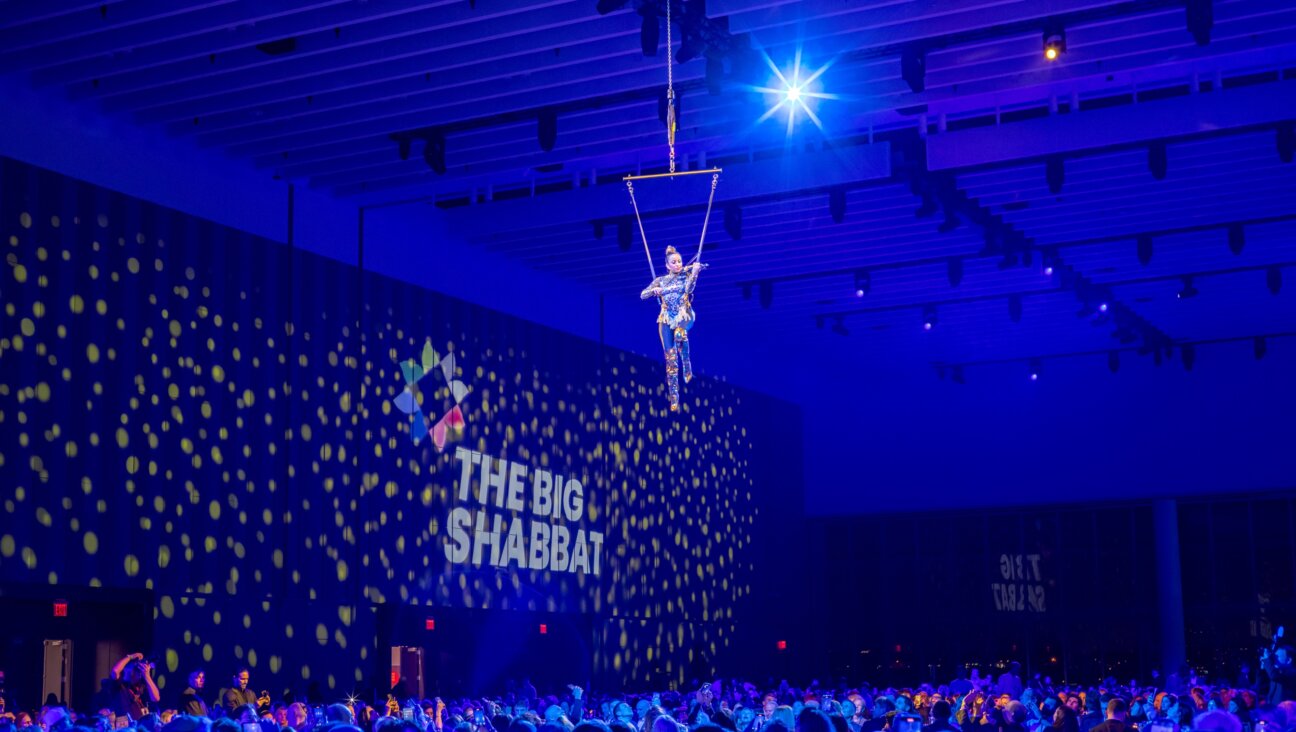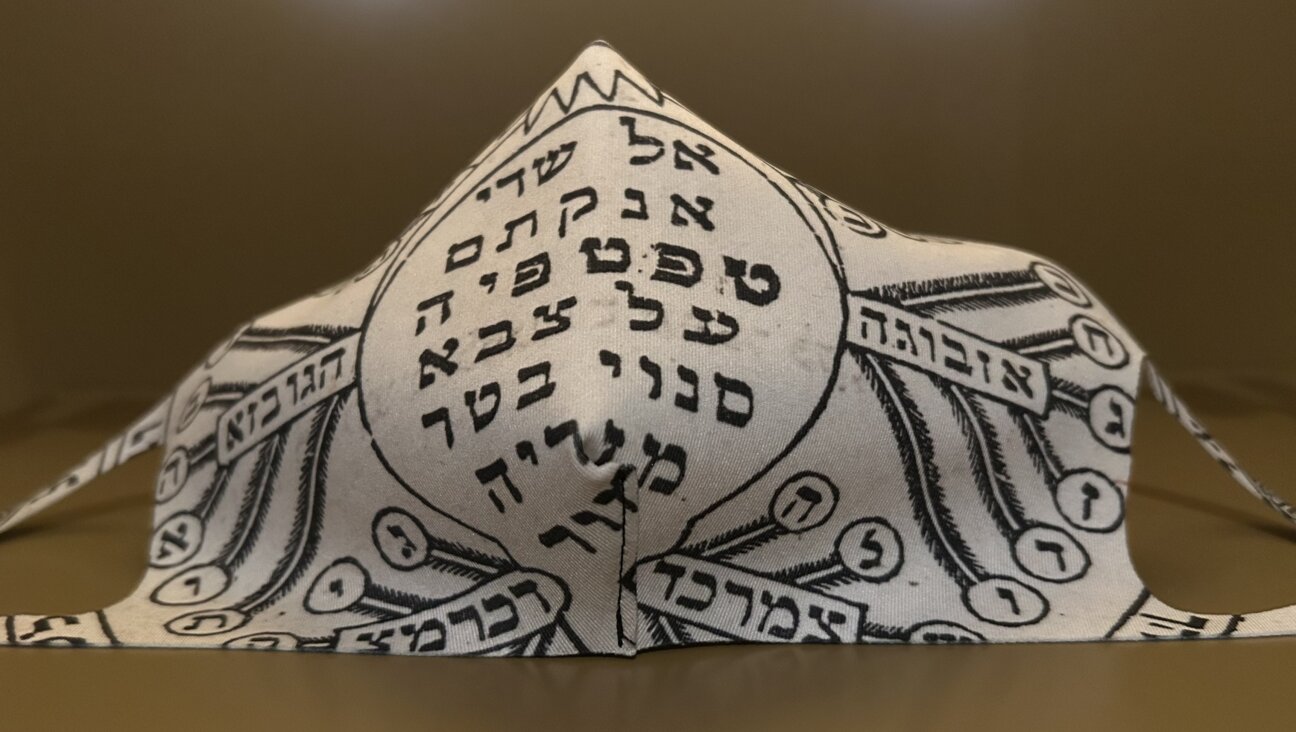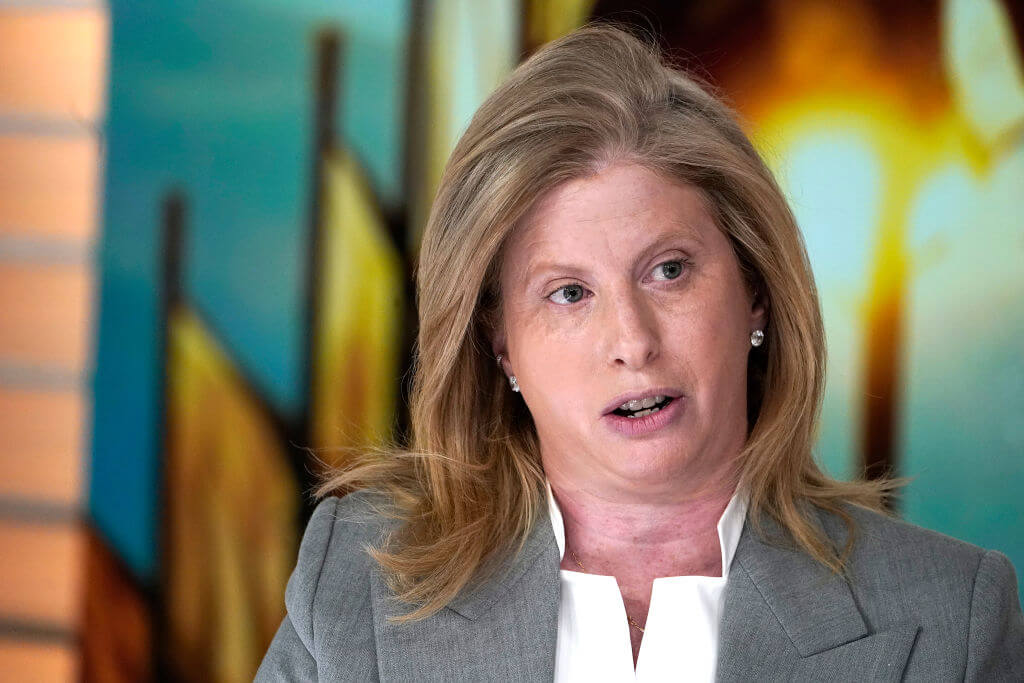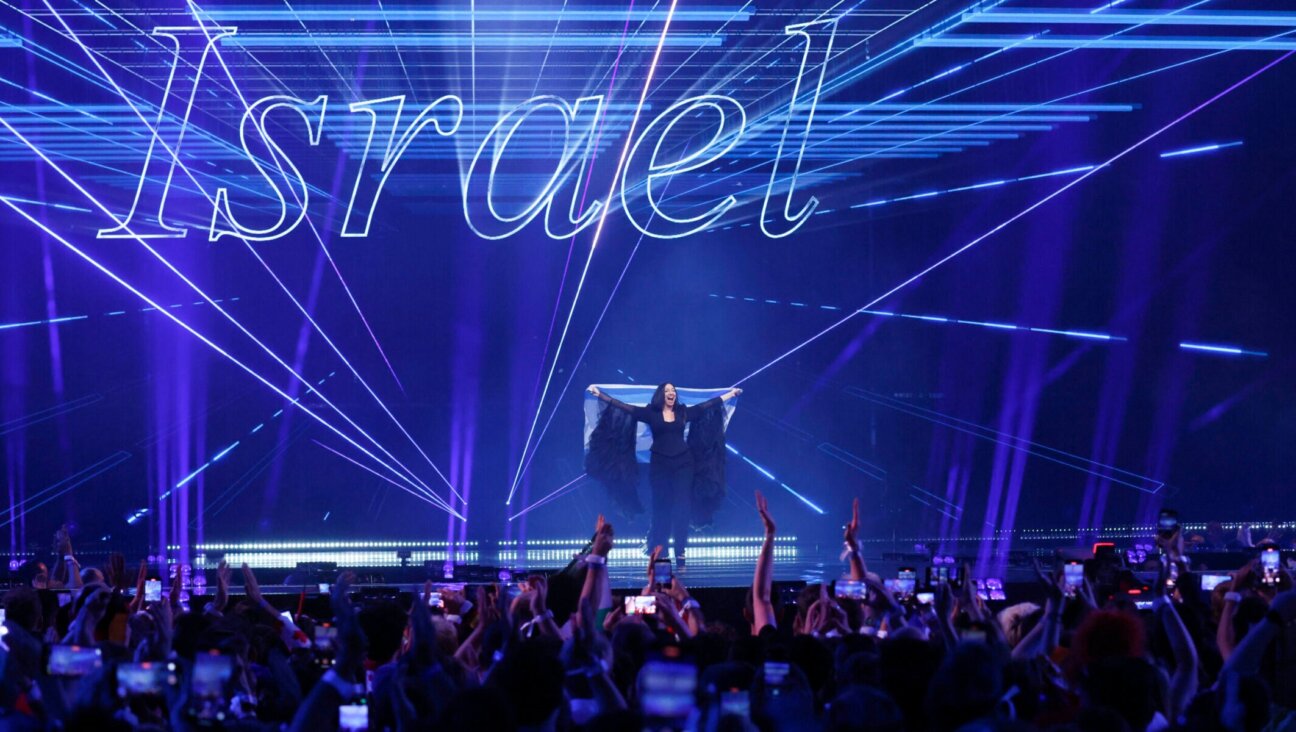The handshake is dead. Long live the…

Graphic by Angelie Zaslavsky

The handshake is dead. Image by Avi Katz
I think I am in the minority here, but I happen to love to shake hands.
The night before I left for college, my dad taught me how in our suburban New Jersey kitchen. “O.K., so what if the college president introduces himself to you? You need a good handshake,” he advised. “Look him right in the eye, firm shake, smile, and say your name proudly.”
This was 1982, and I was headed to the University of Pennsylvania, so for 90 minutes we walked back and forth across that familiar linoleum floor. My dad would say, “Hi… I’m Sheldon Hackney,” with his hand out for a shake, and I would say, “Hi, I’m Amy Friedman,” with a smile and a firm grip. And we’d cross again. And again. And again.
Now, you don’t need to be a Freudian analyst to understand what we were really rehearsing. The notion of leaving home and entering the real world, where handshakes were required, was a transition my family had planned for, saved for, obsessed about. But who was really ready to say goodbye?
Ever since, I have been complimented on my handshake. Colleagues, especially men of a certain age, seem almost surprised. Because I came of career age when female professionals and executives were still something of a novelty, my handshake was a quiet, proud badge of membership in the second-wave feminism club.
Most of my contemporaries disagree with me that handshaking is fun. There’s the ubiquitous issue of sweaty palms. There’s the plain old awkwardness of touching a relative stranger. And there’s the feeling that shaking hands is a decidedly male tradition that women never quite owned.
In fact, the history of the handshake goes all the way back to the 5th century B.C.E., in Greece, and did indeed skew male. The grasping of hands was used as a gesture of peace, demonstrating that neither party was carrying a weapon. The up and down motion is thought to have been added later, in Medieval Europe, and was designed to shake loose any hidden weapons in clothing… “See, I have nothing in my hands, or up my sleeve”.
The handshake had become relatively ubiquitous in my own pre-COVID modern work world. An ice-breaker. A signal to end the meeting. Perhaps, sometimes, a bit of a test?
Now, the future of the handshake is one of many aspects of post-pandemic life we’re all spending way too much time pondering. What will return? What will be forever changed?
Will “working from home” lose it’s ironic “quotation marks” since no one can deny that productivity is actually possible? Will those of us currently embracing our gray roots skip the salon or go running back? Will we continue to acknowledge and respect the work of postal workers, food delivery people, and grocery checkers?
Reasonable minds will disagree. But it seems clear to me that the future of the handshake is deeply in doubt. When I see handshakes in movies now, I actually wince.
So, dear reader, some possible substitutions, understanding that I am neither the first nor the most qualified to offer them (CNN, for example, recently put out this guide).
In looking for substitutes, my filters include warmth, eye contact, and hygiene, not necessarily in that order. Here are four to consider:
Warm Hands
At my synagogue, Temple Ner Tamid in Bloomfield, N.J., instead of applauding at a brilliant D’var Torah or moving song during services, we rub our hands together then hold them up in front of us, to signal warm appreciation for what was just shared. Is it a little corny? Yes it is. Do we all love it anyway? Yes we do!
Heart to Heart

Image by Avi Katz
This is an original, as far as I know, but check me if you like. Put your hand on your own heart, as you nod and make direct eye contact with whomever you are greeting. Can be done in unison.
(Alternate would be the modified “al cheyt,” borrowing from the chest-thumping many Jews do while reciting the confession on Yom Kippur. The number of thumps could signify the relationship type — two for business, three for friends, four for beloved elderly relatives you haven’t seen in a long time.)
There is no “I” in Team

Image by Avi Katz
This is where you clasp your own hands together, almost Rocky-style only in front of your chest rather than overhead. It’s kind of like an old-fashioned handshake (from way back in February, 2020) only safer! Add a head nod and the signature eye contact, and you’re ready to start the meeting.
(Advanced hug version: criss-cross arms in front of your chest, fists balled, kind of like an old-fashioned hug (circa Feb. 2020). With eye contact and a head nod, almost feels like the real thing
Grasping for Elbows
This one may be disqualified for obvious social-distancing reasons, but I’m wondering if there’s something in double elbow grasp on the outside part of the elbow that is both safe enough and satisfying. Crossing into another’s sneeze zone might make this one controversial in some circles, but let’s consult Dr. Fauci and see if we can get a waiver.
I do hope that whatever we end up with, our post-COVID handshake replacement can capture some of the more important lessons of this “unprecedented” time: that we are all connected, respected, and depend on each other. I’ll shake to that.
Amy Friedman, a long time kids media executive and handshake fan, lives in Montclair, N.J. with her husband and teenage daughters.
















